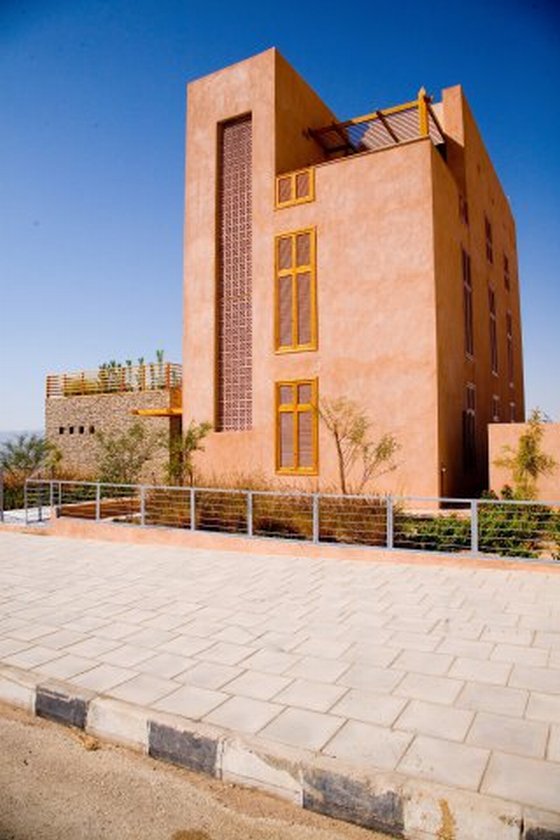 Tareq Emtairah built this eco-house to prove that energy efficient buildings aren’t always prohibitively expensive.
Tareq Emtairah built this eco-house to prove that energy efficient buildings aren’t always prohibitively expensive.
Jordan’s Prince Hassan does not shoulder his environmental concerns alone, nor is the Red-Dead canal project the singular answer to Jordan’s worries. In 2005, Tareq Emtairah, a consultant with the International Institute for Industrial Environmental Economics at Lund University in Sweden, attempted to persuade the Aqaba municipality to adopt stricter environmental standards for its Master Plan to accommodate a projected population growth of 80,000 to 270,000 by 2025. After murmurs that energy efficient housing would be too expensive, Emtairah resolved to prove dissidents wrong.
With assistance from Lund and the Center for the Study of the built environment, Emtairah staged a design competition that was won by Jordan-based Dutch architect Forentine Visser. Her design won for being practical, rather than novel, which better fit the aim of normalizing sustainable development in Aqaba.
At 420m2, the building is said to use only 28% of the energy that conventional houses use. Since Jordan imports almost all of its energy, and since the summers are long and hot, energy bills can guzzle up to a third of a lower income person’s paycheck.
Thus it is especially important to reduce energy requirements. Visser showed that such reductions can be achieved by tweaking design and re-thinking materials, even before incorporating high-tech solutions such as the solar-powered cooling tank and photovoltaic (PV) panels.
Visser adjusted the building’s orientation, changed the floor plan, and used insulation and landscaping to cool the building. One side of the house, where the bedrooms are located, is shaded and therefore cooler. Separating this from the warmer part of the house is a tall staircase built with open grill blocks that release hot air. Emtairah says that this is an ancient no-tech low-tech energy solution.
Flooding the house with indirect sunlight without allowing in excessive heat are tall and narrow windows. Two additional cooling mechanisms used are floor vents that allow air cooled in the ground to circulate, and straw incorporated into a volcanic aggregate concrete mix that enhances insulation.
Gray water from the sink and shower pass through a three-filter system that allows the water to be recycled in the garden, which compensates for extra water used in reservoirs that create an evaporative effect near the entrance.
A garden was built into a patio roof to offset the higher temperatures usually collected at roofs and ceilings, and plants, when matured, as well as awnings and lintels scattered throughout, will provide further shading.
Finally, pains were taken to reduce building waste by using whole rather than cut cinder blocks. In the end, though building costs amounted to 18% more than a conventional home, Visser and Emtairah can boast an impressive 32% overall energy reduction.
Though the house was originally built as an energy efficiency demonstration house, today guests can stay there for anywhere from 35-75 JOD per night. There are six guest bedrooms furnished with soft and often recycled wood furniture, and the views are virtually incomparable.
So, while Aqaba may not incorporate widespread eco-housing into its grand Master Plan, at least locals, officials, and visitors can learn from Emtairah’s beautiful but sustainable vision.
Links to other eco-friendly tourist attractions:
Selçuklu Evi Eco-ish Boutique Hotel in Turkey
Go Eco pioneers Eco-Tourism in Israel
Siwa and Red Sea Become Eco-tourism Hotspots in Sinai and Egypt
Images credited to Joseph Zacharian.

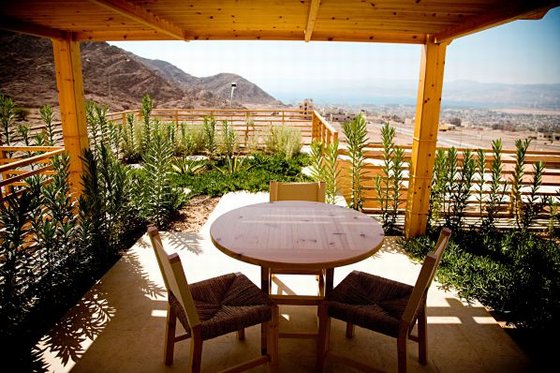
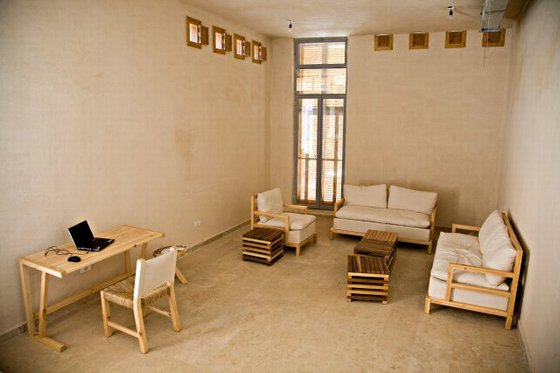
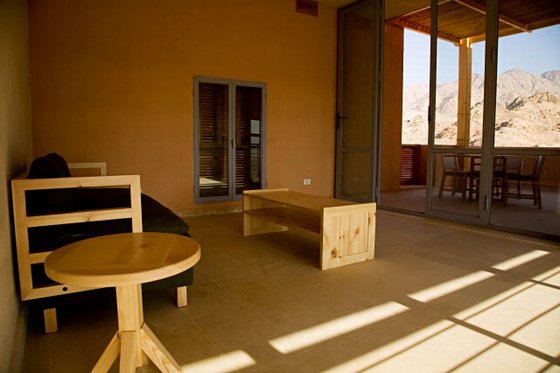
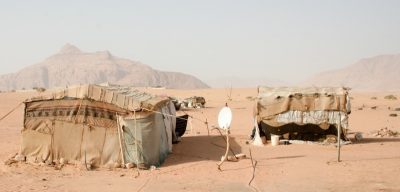
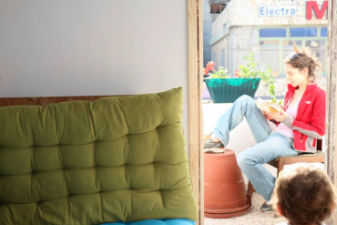
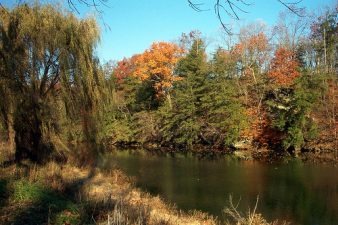
Nice article! I am currently running The House, that is now called The Aqaba House, as a bed and breakfast and cultural center. Have a look at http://www.theaqabahouse.com for more information and feel free to mail me with any question! And of course, come and stay with us when you’re in the region!!
I wrote the subhead and fixed it. Good to see we have an extra set of eyes and ears on the ground. Thanks Maskil!
Stunning! Just in your sub-heading you say “Tareq Emtairah built this eco-house to disprove that energy efficient buildings aren’t always prohibitively expensive.” You’ve used a double negative, giving the sentence the opposite meaning. You might want to change disprove to prove OR aren’t to are (just not both!).I hope that somebody, somewhere is collecting all this traditional wisdom regarding “passive” energy efficiency for building in the Levant.